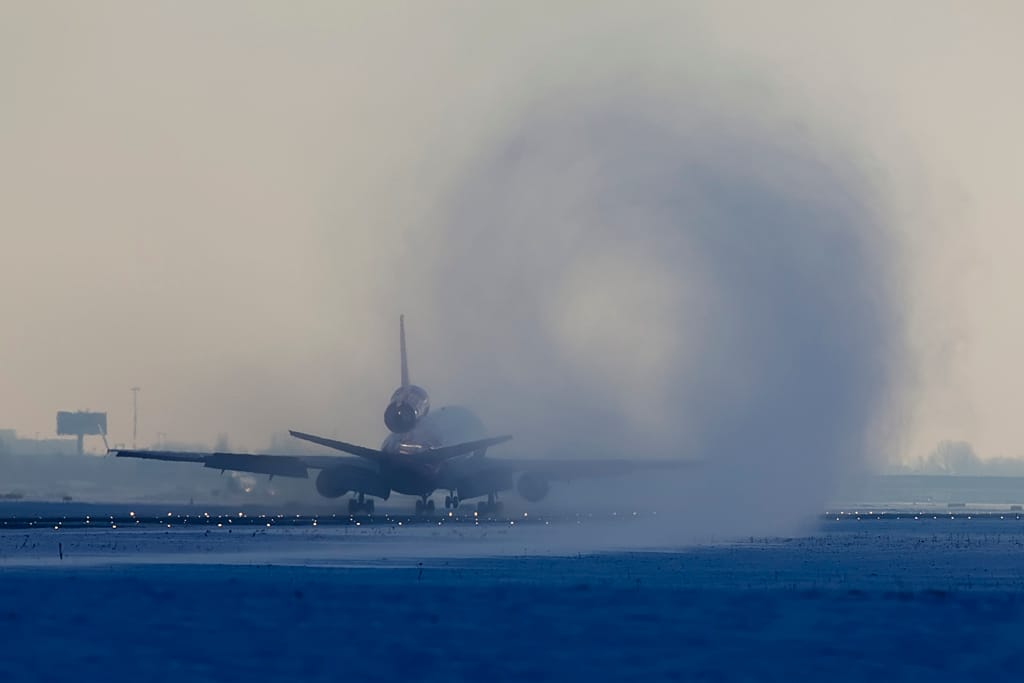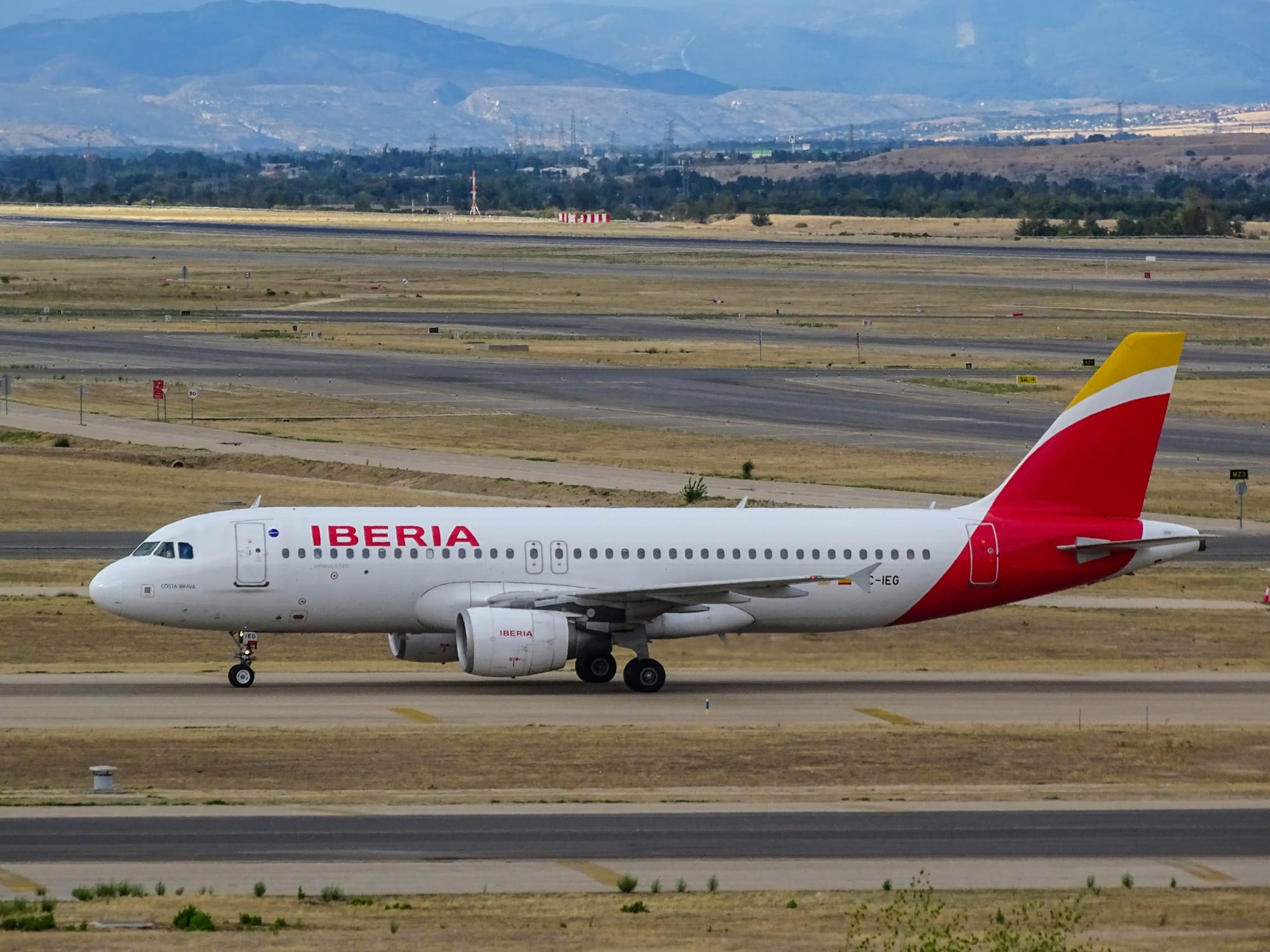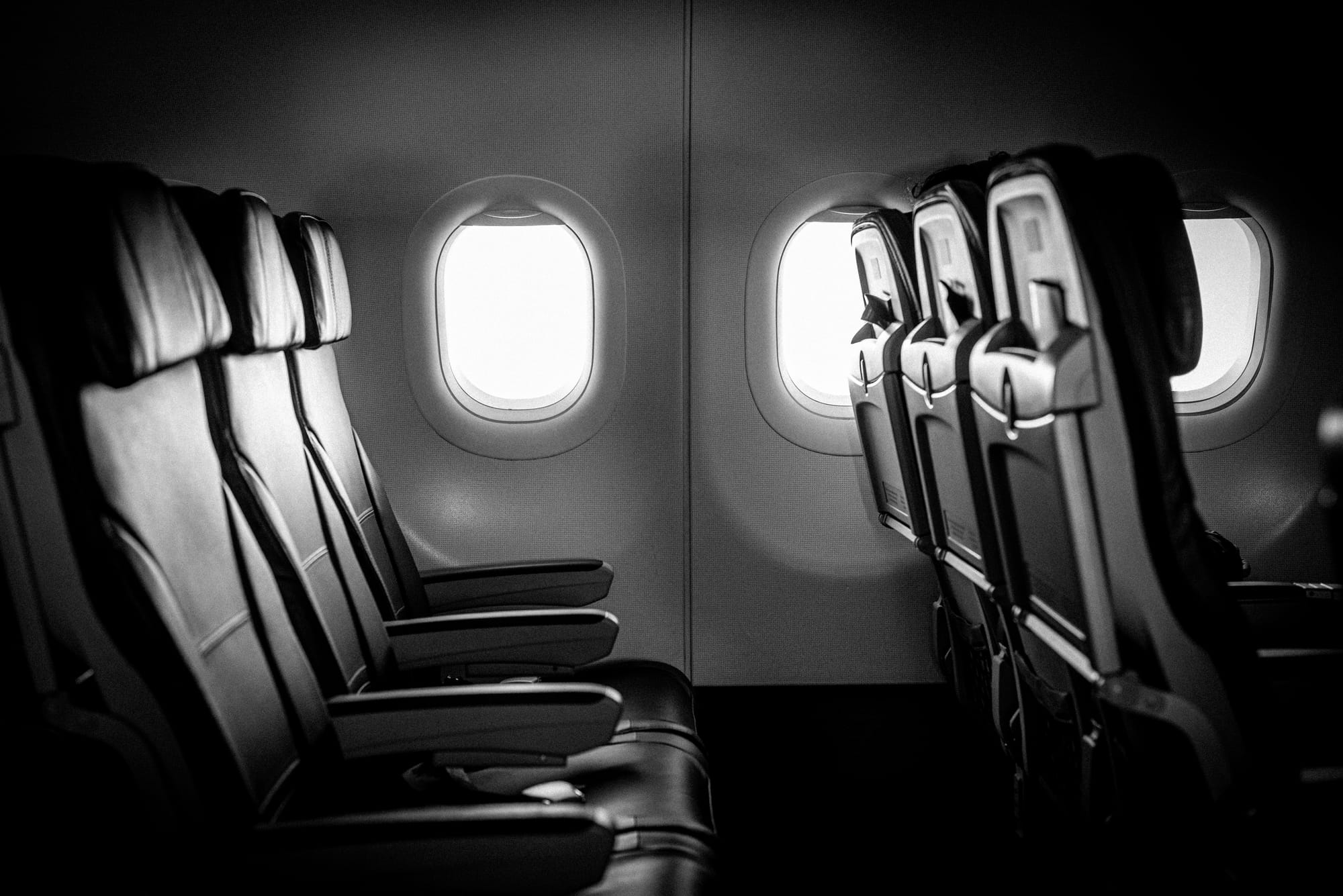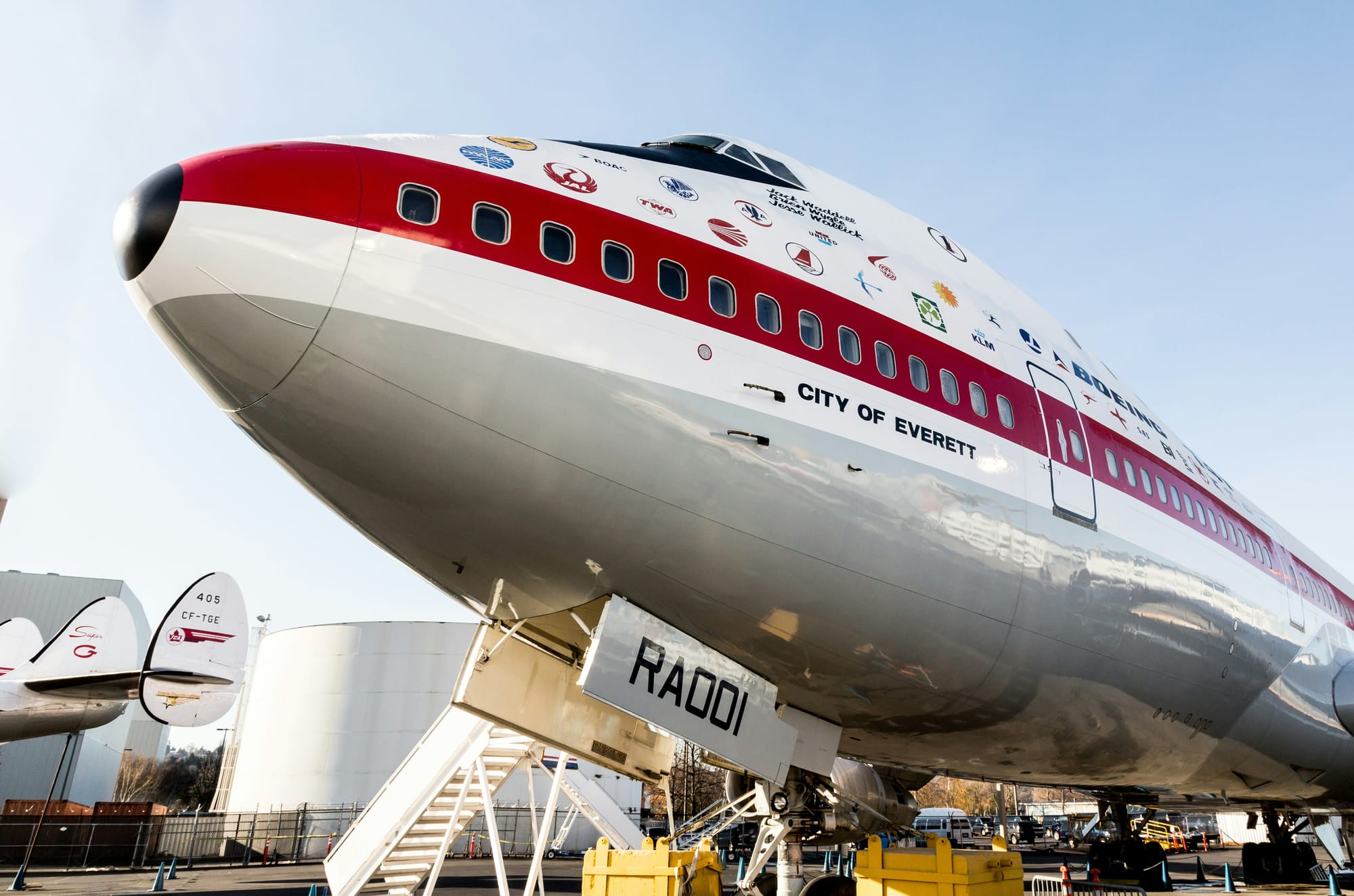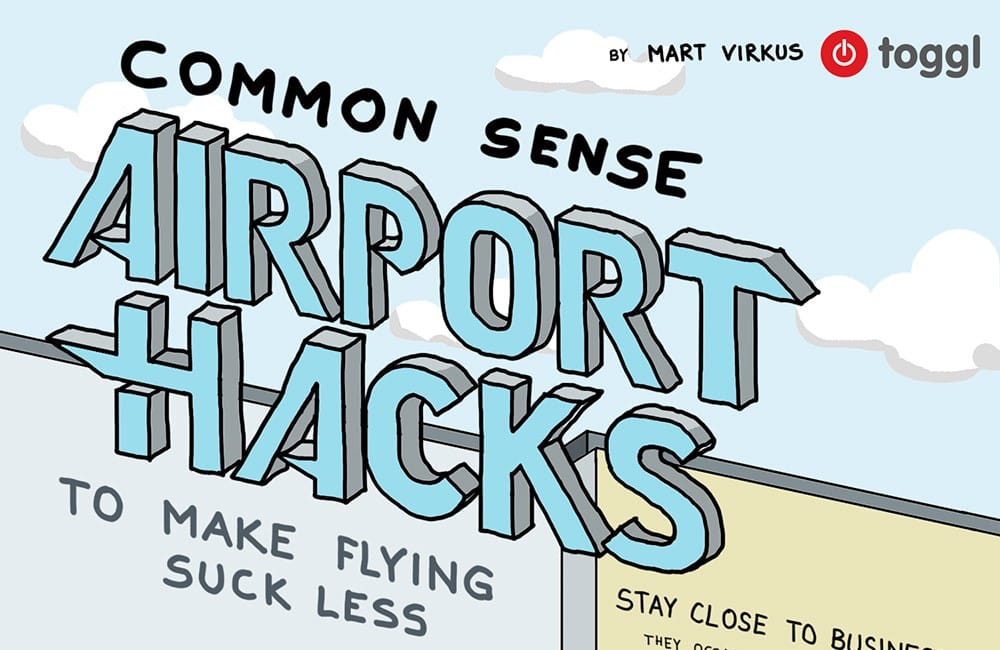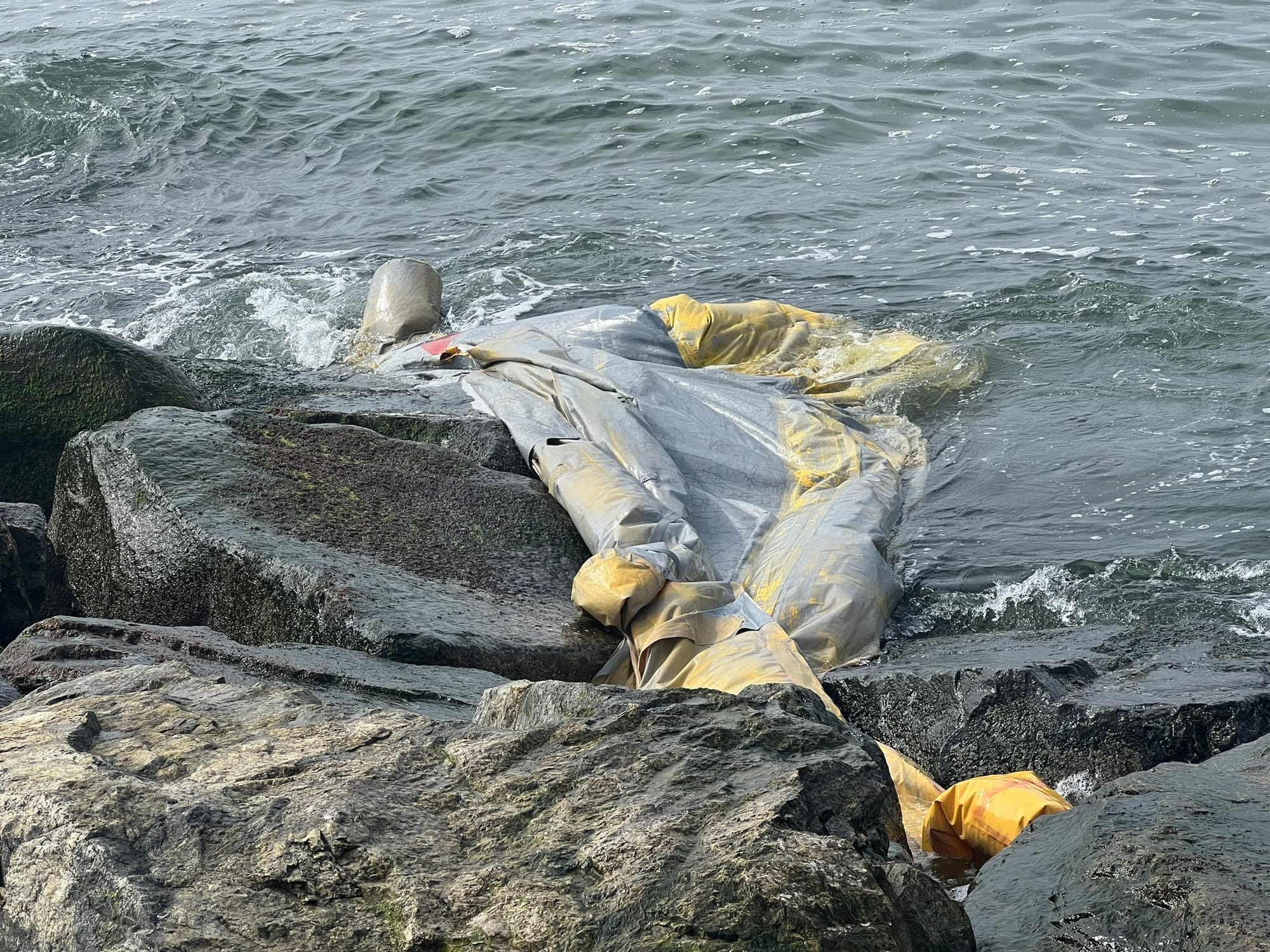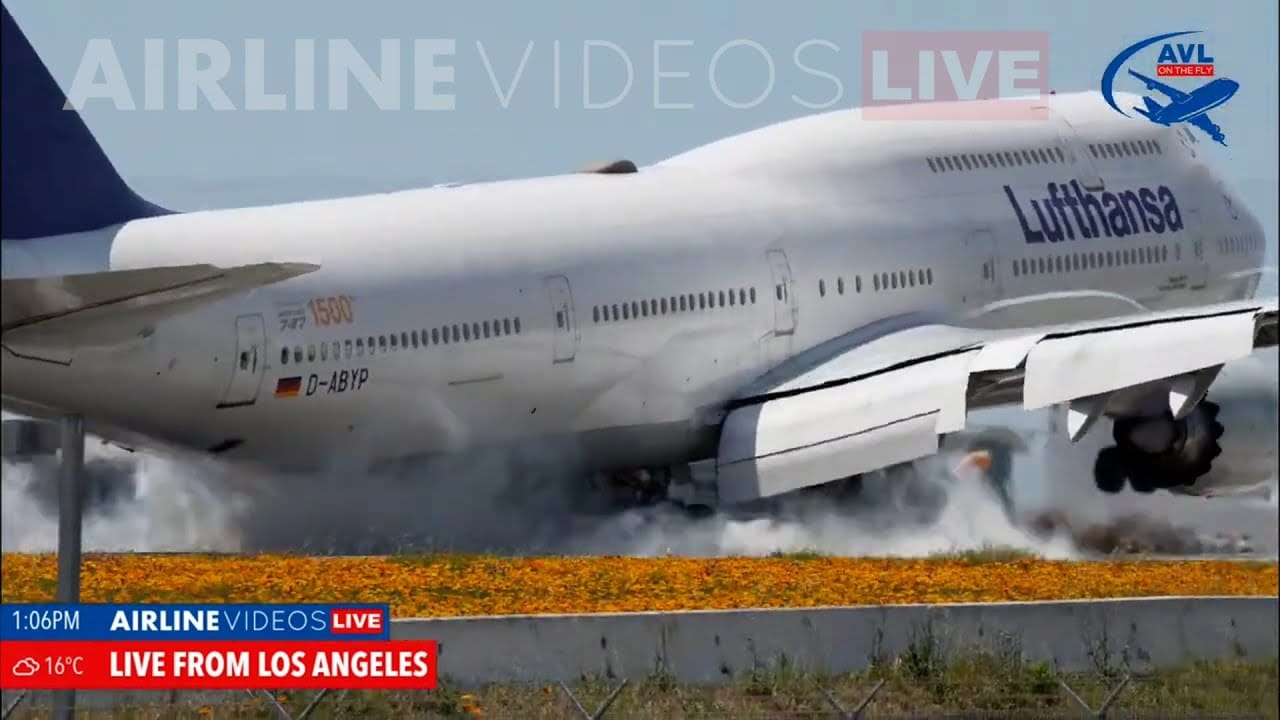Imagine an airplane soaring through the air. As its wings slice through the air, they generate lift, an essential force keeping the aircraft airborne. But this lift creation isn't a clean process. At the wingtips, swirling vortices of air form – invisible tornadoes we call wake turbulence. These counter-rotating air masses pack a punch, and their strength depends on the aircraft's weight, wingspan, and angle of attack.
Why Smaller Aircraft Need to Beware

For smaller aircraft, encountering wake turbulence can be a harrowing experience. The aircraft can experience:
- Limited Maneuverability: Smaller airplanes typically have less powerful control surfaces (ailerons, rudders) compared to their larger counterparts. This limited control authority makes it difficult to counteract the sudden rolling motion induced by a wake vortex encounter. Imagine being buffeted by strong winds while having limited steering capability – that's the predicament a smaller aircraft faces in wake turbulence.
- Less Stable Flight Path: Smaller aircraft generally operate at slower speeds and has less wing lift. This translates to less inherent stability, making them more susceptible to being tossed around by the turbulent airflow of a wake vortex.
- Structural Vulnerability: The strong rolling and pitching forces within a wake vortex can be like a giant trying to manhandle a toy airplane. The resulting stress can potentially exceed the design limits of a smaller aircraft, leading to structural damage in extreme cases.
Orchestrating Safe Separation
Air traffic control (ATC) plays a critical role in mitigating wake turbulence risks. They act as the conductor in this aerial ballet, ensuring a safe separation between aircraft:
- Strategic Separation Distances: Aircraft are assigned specific separation distances when following a larger aircraft during takeoff and landing. This ensures they don't enter the zone of strongest wake turbulence, typically located just below the wingtips and behind the generating aircraft. The separation distance considers factors like the weight of the preceding aircraft, wind conditions, and the type of following aircraft. Lighter aircraft with more powerful control surfaces may be assigned a slightly smaller separation compared to a smaller, less maneuverable plane.
- The Art of Sequencing: ATC strategically sequences takeoffs and landings to minimize the time a smaller aircraft spends behind a larger one. This can involve holding a departing aircraft for a short while to allow the wake turbulence from a preceding heavy aircraft to dissipate further. Imagine waiting for the dust to settle before you ride your bike through a construction zone – ATC employs a similar strategy.
- Harnessing the Wind: When possible, ATC considers wind direction when assigning runways. A crosswind can be a helpful ally, acting like a giant broom that pushes the wake turbulence sideways away from the intended flight path of the following aircraft.
- Keeping Pilots Informed: Proactive communication is key. ATC keeps pilots informed about potential wake turbulence encounters through advisories. This allows pilots to make adjustments to their flight path if necessary, such as requesting a different runway or slightly adjusting their climb or descent profile to avoid the wake turbulence zone.
By implementing these measures, ATC strives to create a safe and efficient airspace for all aircraft. While wake turbulence is an ever-present factor, a combination of pilot awareness and proactive ATC measures helps mitigate the risks and ensure smooth operation for all involved.
Final Thoughts
Wake turbulence can be incredibly dangerous to all aircraft. It's an invisible force that could bring an airplane down or make it spin out of control. This is one of many factors that affects aircraft at lower speeds and altitudes. Both pilots and air traffic controllers are trained to avoid wake turbulence as much as possible and escape it if needed. It is one of the many ways that we are kept safe while flying.

